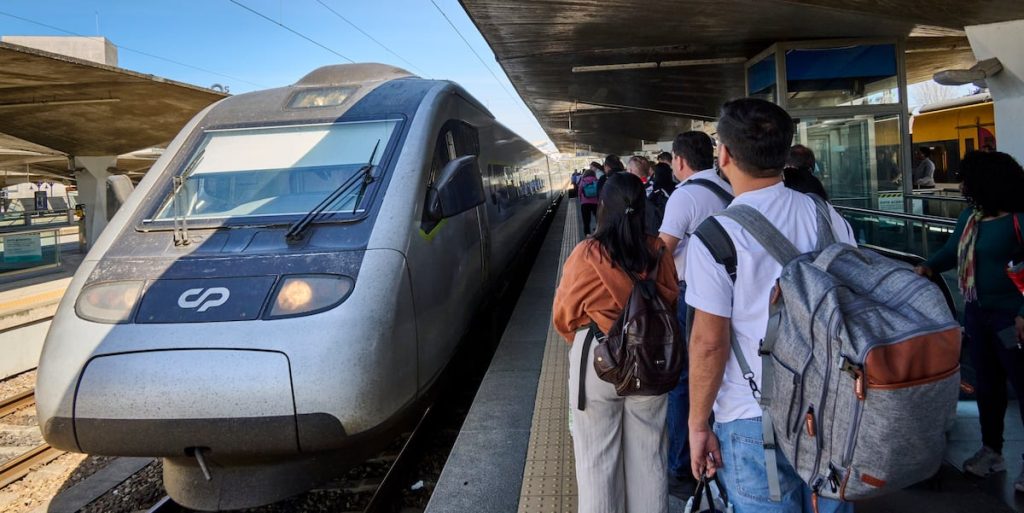The Portuguese government has decided to accelerate the high-speed connection between Lisbon and Madrid, which has been pending for years, with the goal of allowing travel between the two cities in about three hours by 2034. This will involve building a third bridge over the Tagus River that will shorten the journey to Badajoz and will be crucial for the new Lisbon airport on the south bank of the river. The decisions made by the new center-right government have been met with widespread applause. The country had been waiting for a new airport infrastructure for over half a century, and progress on the high-speed rail link between the Iberian capitals had been moving forward and backward for fifteen years. However, there is skepticism about the announced timeline for its completion, given past history.
Historically, the former socialist Prime Minister José Sócrates promised high-speed rail between Madrid and Lisbon by 2013, leading to doubts about the current government’s ability to deliver on its plans. The cancellation of the project by Sócrates’ conservative successor, Pedro Passos Coelho, due to irregularities and imposed austerity measures following the country’s bailout in the crisis, further complicated the situation. The current government is now revisiting infrastructure decisions made almost two decades ago under Sócrates, which were delayed by the António Costa administration in favor of reducing public debt and deficits. Portugal’s previous focus on building highways over railway investment has only recently begun to change, with a new National Rail Plan designed to connect the country from north to south and link it with its neighbor through four axes.
The National Rail Plan emphasizes the high-speed line between Lisbon and Porto, Portugal’s two main cities, with plans to connect them to Galicia. This Atlantic axis aims to address mobility along the coastal strip, where the largest population concentrations are found. In Spain, there is sometimes a struggle between competing rail projects: the north-south axis and the Iberian capitals one. However, sacrificing the Atlantic axis for the Lisbon-Madrid connection would be a mistake. Both infrastructures are urgently needed for territorial cohesion, economic benefits, and to combat car and airplane pollution.
Currently, the two neighbors are more poorly connected by train than ever before. There is a slow service between Porto and Vigo, while there is not even a direct train between Lisbon and Madrid since Renfe decided not to restore the overnight Lusitania service after the pandemic hiatus. While high-speed rail plans are welcomed, it is essential for both governments to prioritize a direct line between Lisbon and Madrid to reduce travel time and improve the Atlantic international connection. These are tasks that both sides of the border need to address together.


